Domestic cats and big cats are both part of the Felidae family, which traces back millions of years. This shared ancestry means they have numerous genetic similarities, which contribute to their many comparable behaviors and physical traits. Despite the significant difference in size, domestic cats (Felis catus) and big cats, such as lions or tigers, are more genetically similar than they are different.
The Language of the Tail
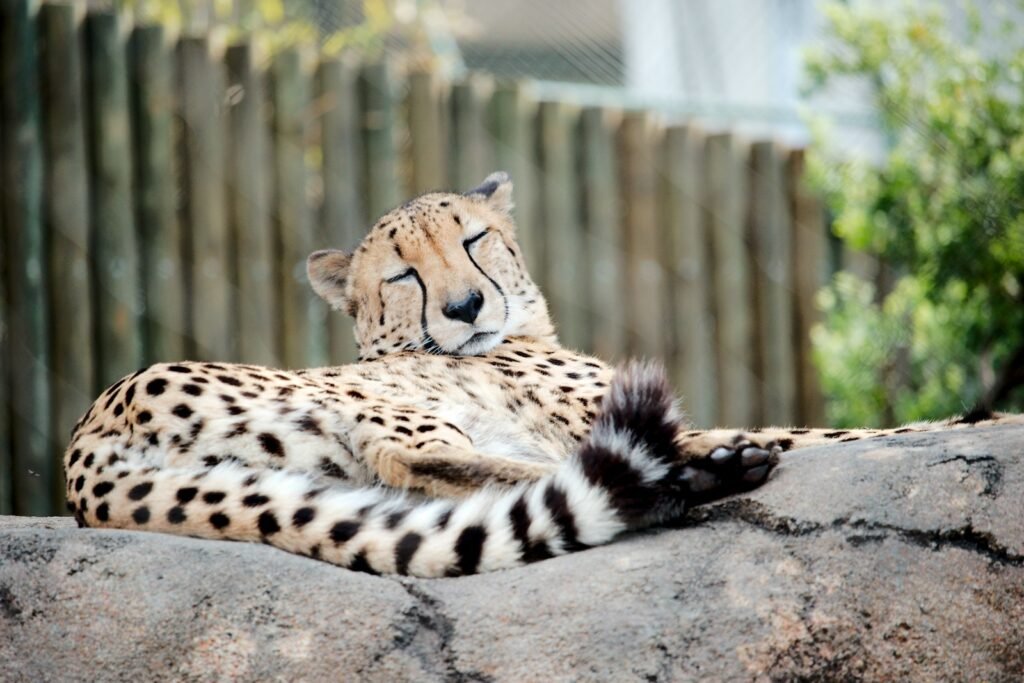
One of the most fascinating similarities between domestic cats and big cats is their use of tail language. Both types of cats communicate a range of emotions and intents through tail positions and movements. For example, a twitching tail tip can indicate irritation or excitement, while a high-held tail often signifies confidence or happiness.
Predatory Instincts and Behaviors
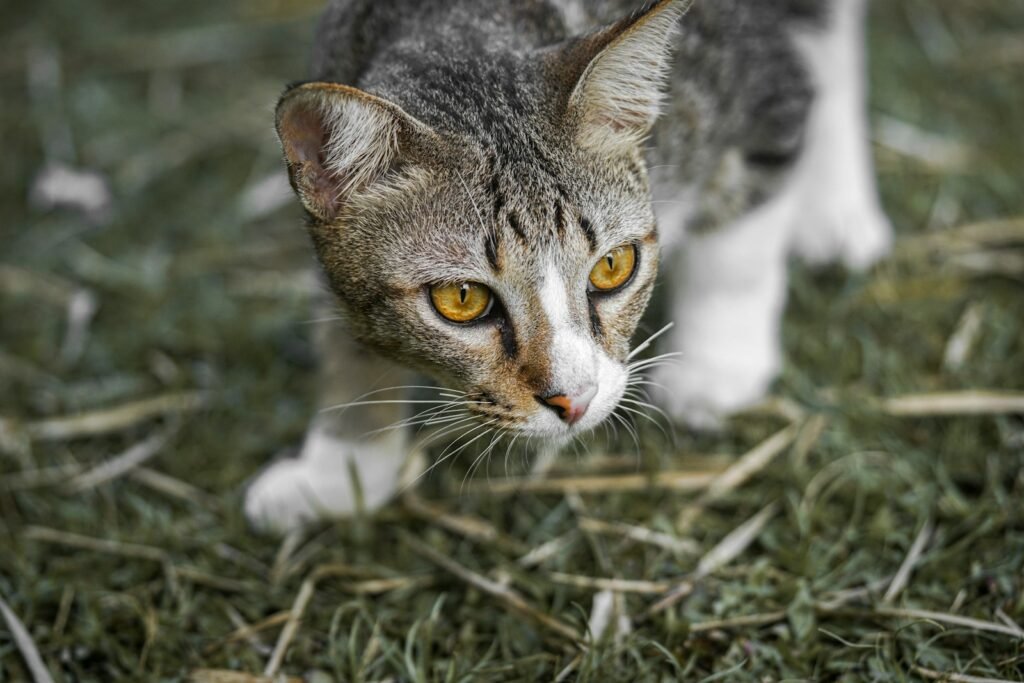
Both domestic cats and big cats share natural predatory instincts. This includes behaviors like stalking, pouncing, and capturing prey, which are evident in both cats’ play and hunting activities. Even domestic cats that have never hunted will exhibit these behaviors through play with toys, which mimic the natural hunting process of their wild counterparts.
Night Vision Superiority

Both domestic cats and big cats have highly developed night vision capabilities. Their eyes contain a reflective layer known as the tapetum lucidum that enhances their ability to see in low-light conditions. This adaptation is crucial for hunting nocturnally for big cats, and although less critical for domestic cats, it plays a significant role in their natural behavior patterns.
The Art of Grooming
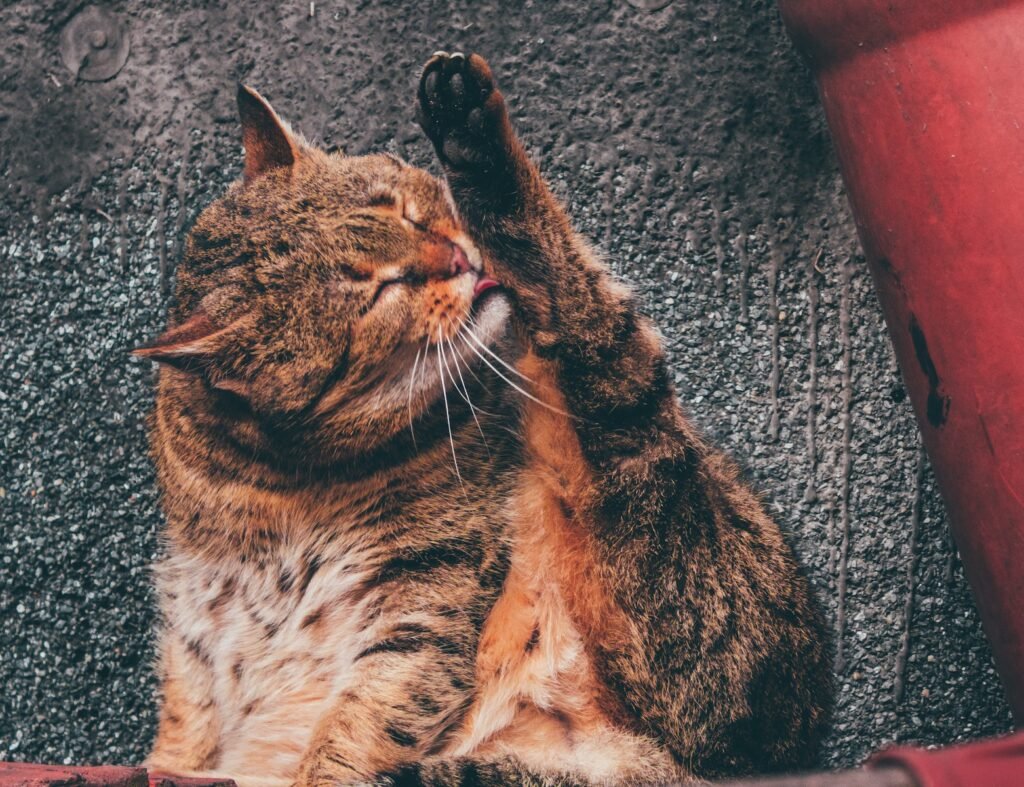
Grooming is an essential activity shared by domestic cats and big cats, serving a dual purpose: hygiene and social bonding. For both, licking their fur helps remove dirt and parasites, while also spreading natural oils to maintain a healthy coat. In social species of big cats, like lions, grooming is also a way to strengthen relationships within their pride.
Territorial Instincts
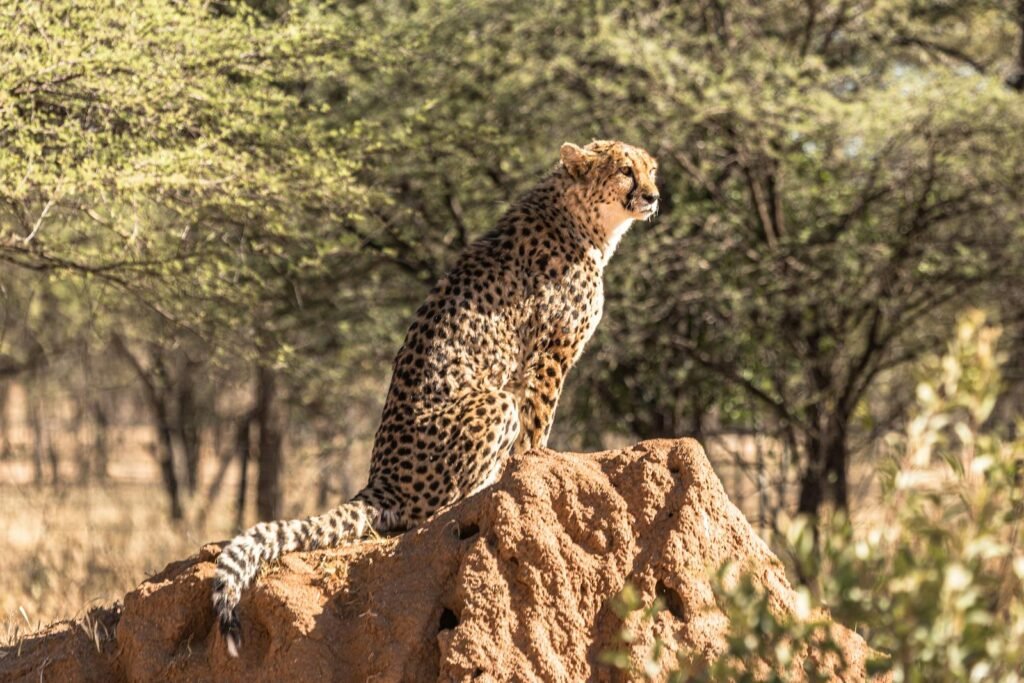
Both domestic cats and big cats exhibit strong territorial behaviors, which they communicate through scent marking. They use glands located in their cheeks, paws, and near the base of their tails to mark territory with their scent. This behavior can be observed in domestic cats as they rub against furniture or people, similar to how big cats scent-mark trees or other landmarks in their environment.
The Power of Play
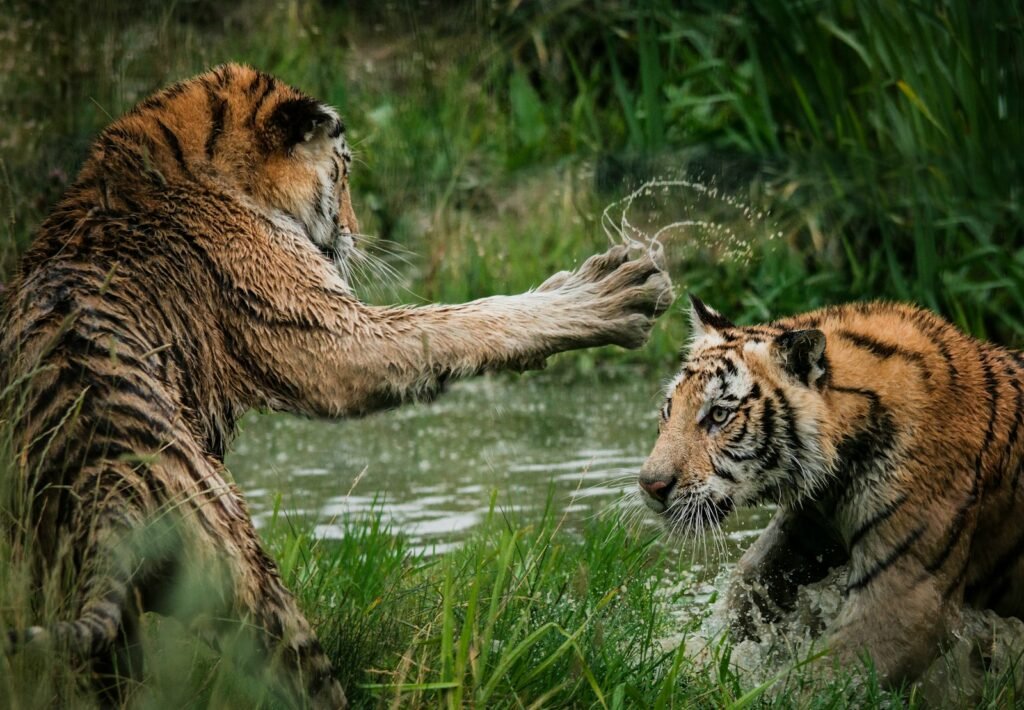
Play is a vital aspect of learning and development for both domestic cats and big cats. It helps them hone their hunting skills and social interactions. This type of behavior is particularly evident in young cats, where play-fighting and stalking are key components of acquiring the skills needed to become proficient hunters.
Vocalization Variety
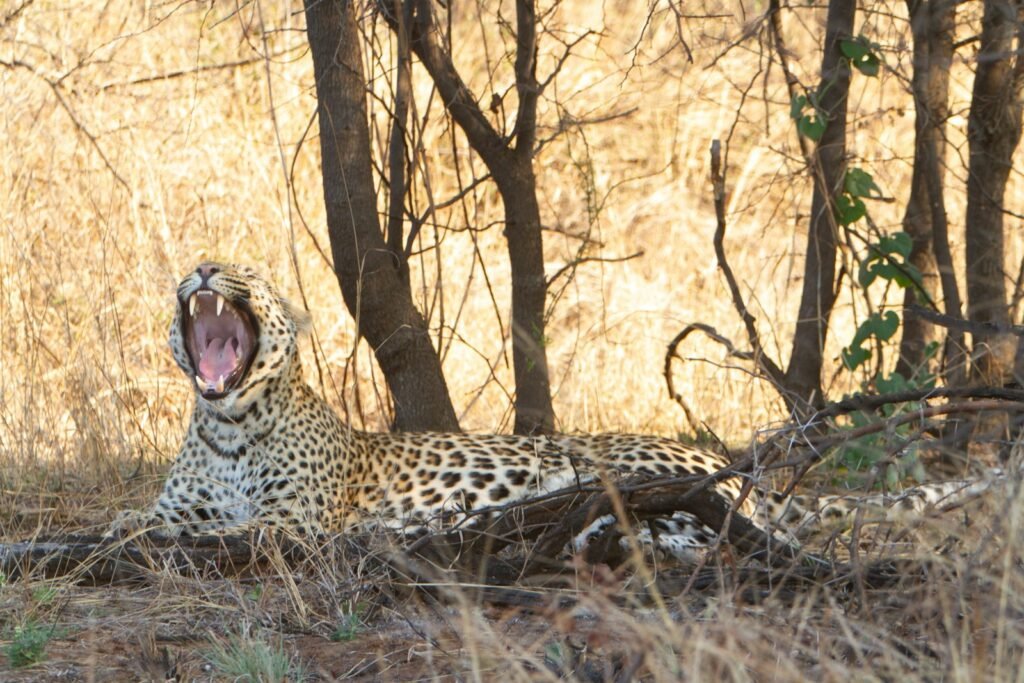
Both domestic cats and big cats have a range of vocalizations to communicate with one another. While domestic cats are known for their meows, chirrups, and purrs, big cats are often associated with roars, growls, and hisses. Despite differences in volume and pitch, many of the sounds serve similar purposes, such as indicating contentment, warning of danger, or attracting mates.
Body Language Communication
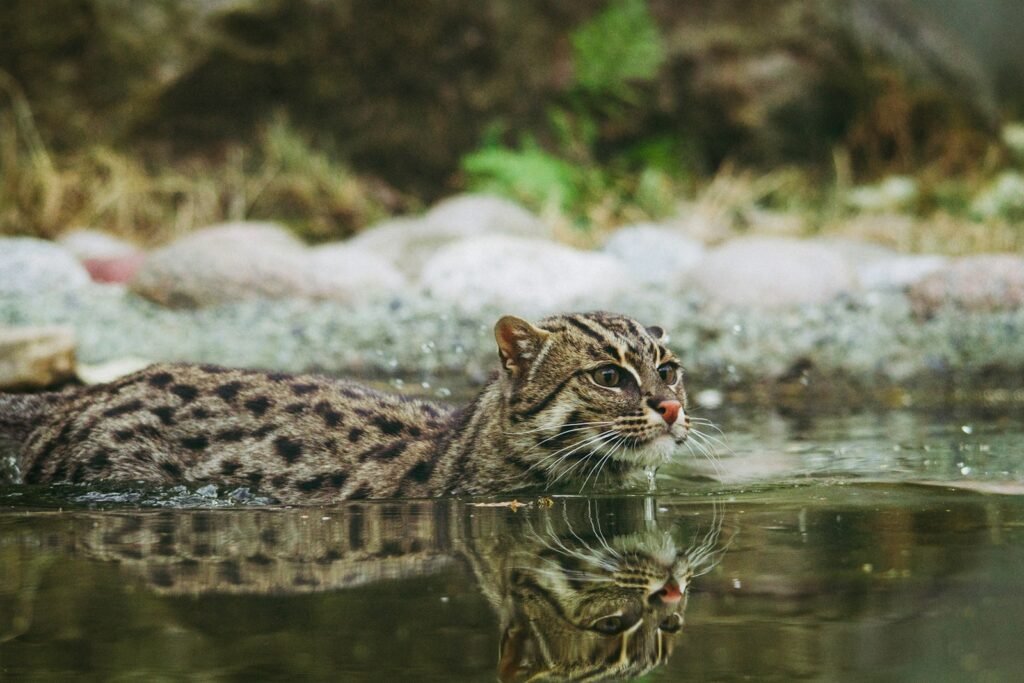
Cats, regardless of size, rely heavily on body language as a form of communication. Ears, eyes, and whiskers play a critical role in expressing their mood or intentions. For example, flattened ears may indicate aggression or fear, while wide eyes with constricted pupils can denote excitement or heightened interest.
Adaptability Across Environments
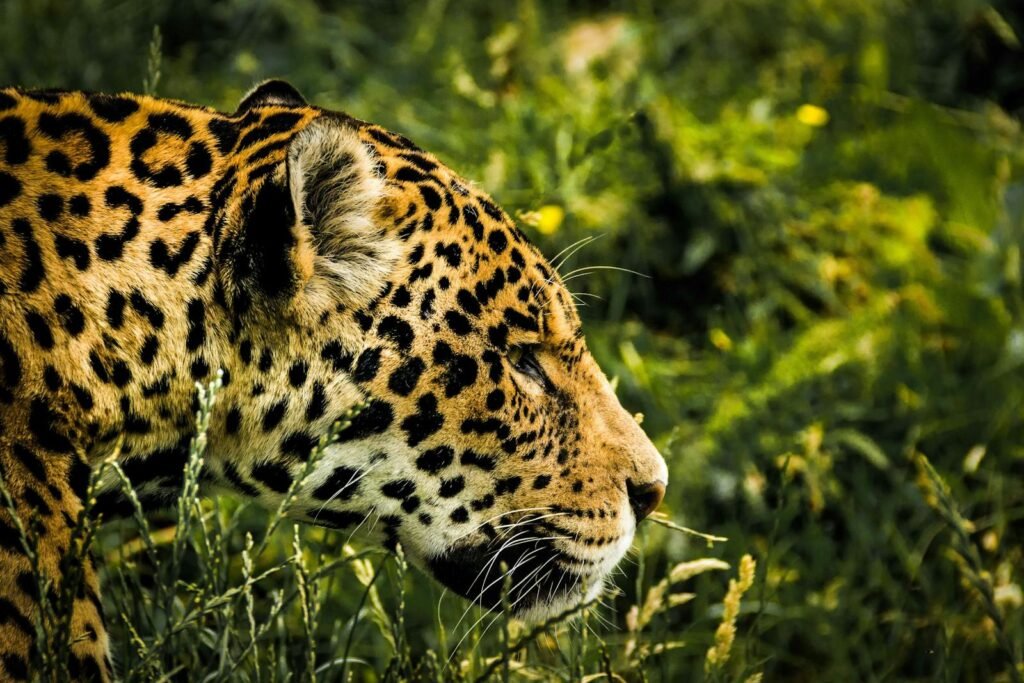
Cats have a remarkable ability to adapt to various environments—be it the wild terrains inhabited by big cats or domestic settings of house cats. This adaptability is rooted in their shared ancestry, allowing them to thrive in diverse climates and situations, and underscores the evolutionary success of the Felidae family.
By examining these similarities, it’s clear that domestic cats and big cats not only share an ancestral lineage but also retain many of the same behaviors, physical adaptations, and communication methods. This fascinating connection provides insight into the evolutionary success and adaptability of cats as a whole.

Suhail Ahmed is a passionate digital professional and nature enthusiast with over 8 years of experience in content strategy, SEO, web development, and digital operations. Alongside his freelance journey, Suhail actively contributes to nature and wildlife platforms like Feline Fam, where he channels his curiosity for the Feline into engaging, educational storytelling.
With a strong background in managing digital ecosystems — from ecommerce stores and WordPress websites to social media and automation — Suhail merges technical precision with creative insight. His content reflects a rare balance: SEO-friendly yet deeply human, data-informed yet emotionally resonant.
Driven by a love for discovery and storytelling, Suhail believes in using digital platforms to amplify causes that matter — especially those protecting Earth’s biodiversity and inspiring sustainable living. Whether he’s managing online projects or crafting wildlife content, his goal remains the same: to inform, inspire, and leave a positive digital footprint.






